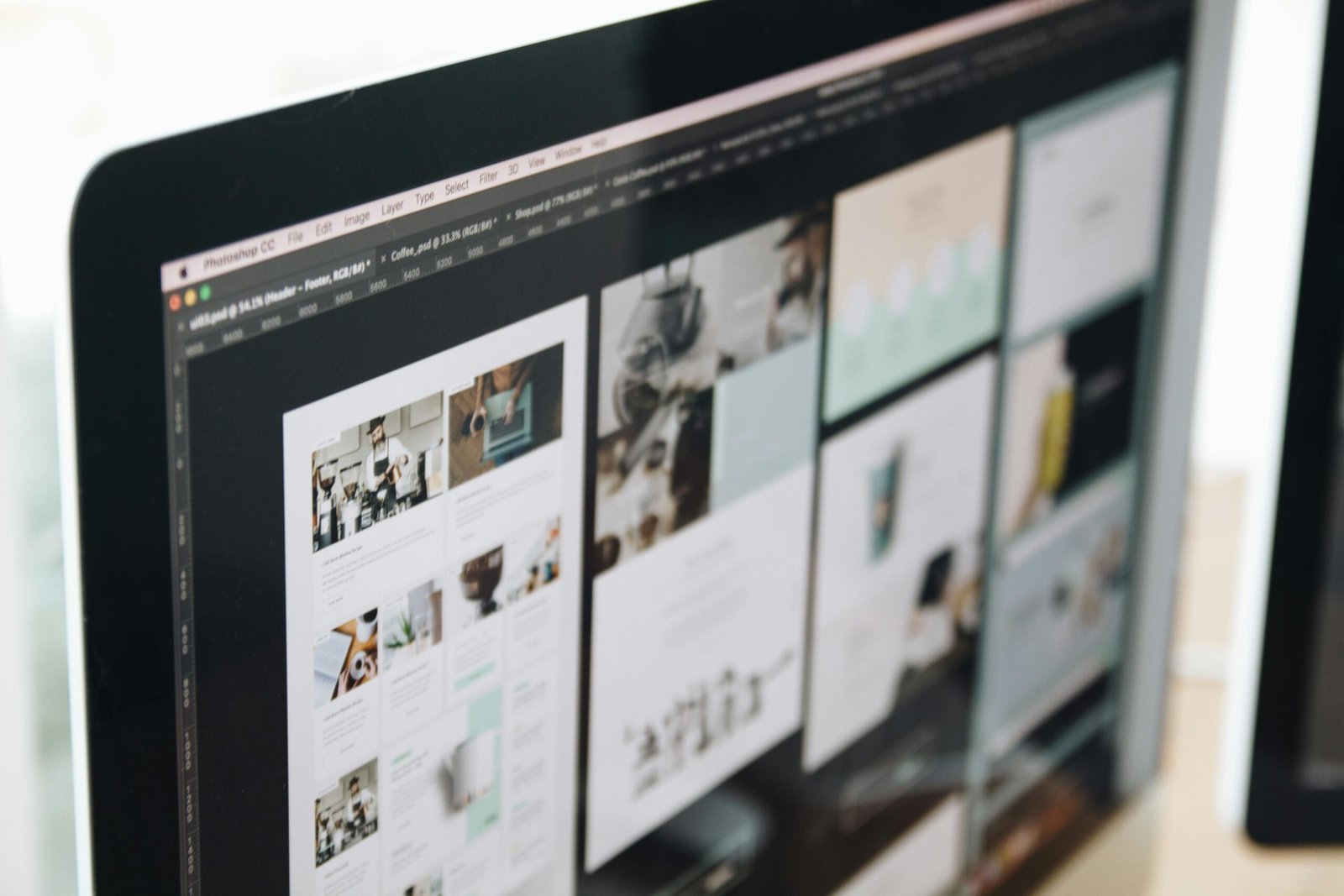The Importance of Typography in Modern Graphics Design

Typography is a vital component of graphics design that can significantly influence how a message is perceived. In a world saturated with visual content, effective typography can enhance readability, establish hierarchy, and convey brand personality. At Mountain Techo System, we explore the critical role typography plays in modern graphics design and provide insights on how to leverage it for maximum impact.
Typography goes beyond just selecting fonts; it encompasses the art and technique of arranging type to make written language legible, readable, and visually appealing. Here are some key reasons why typography is essential in modern graphics design:
- Establishes Brand Identity
- Consistent typography reinforces brand identity. By choosing specific fonts that reflect your brand’s personality, you can create a distinctive voice that resonates with your audience.
- Enhances Readability
- Good typography ensures that text is easy to read across various mediums. Factors such as font size, line spacing, and letter spacing play a crucial role in readability.
- Creates Hierarchy and Structure
- Effective typography establishes visual hierarchy, guiding readers through your content. Using different font sizes, weights, and styles helps emphasize key information and organize content logically.
- Conveys Emotion and Tone
- Different fonts evoke different emotions. For instance, serif fonts convey tradition and reliability, while sans-serif fonts suggest modernity and simplicity. Choosing the right typography can enhance the emotional impact of your message.
- Improves User Experience
- Well-implemented typography contributes to a positive user experience. Clear and well-structured text can lead to better engagement and retention of information.
- Enhances Visual Appeal
- Typography is a visual element that can enhance the overall aesthetic of a design. Creative use of type can add character and interest, making designs more memorable.
- Supports Branding Across Platforms
- Consistency in typography across all marketing platforms, from websites to social media, helps build brand recognition and trust with your audience.
- Adapts to Various Formats
- Good typography is adaptable to different formats, whether print, digital, or mobile. It ensures that your message is communicated effectively across various mediums.
- Integrates with Other Design Elements
- Typography works in harmony with other design elements like images, colors, and layouts. A cohesive design combines all these elements seamlessly, enhancing the overall impact.
- Facilitates Accessibility
- Thoughtful typography can improve accessibility for diverse audiences. Choosing legible fonts and appropriate sizes ensures that content is accessible to everyone, including those with visual impairments.
Conclusion:
Typography is a powerful tool in modern graphics design that influences how messages are conveyed and perceived. By understanding its importance and implementing effective typography practices, designers can create visually compelling and meaningful content that resonates with their audience.














